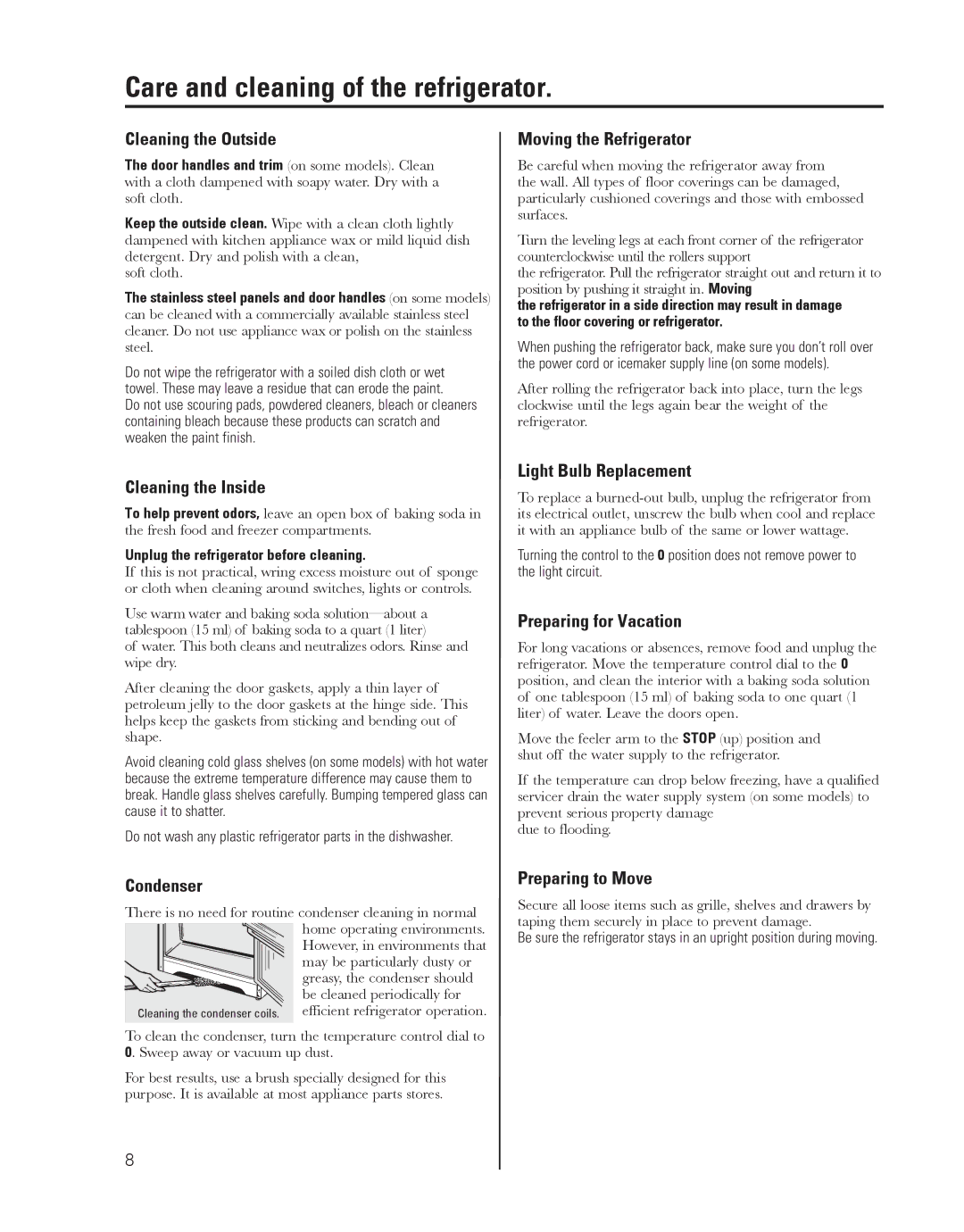16, 17, 18 specifications
General Electric (GE) is known for its longstanding tradition of innovation and engineering excellence, encompassing a wide array of products across various industries. Among its notable offerings are its GE 18, 17, and 16 series of gas turbines, designed for power generation. These turbines exemplify technological advancement, efficiency, and reliability in modern energy production.The GE 18 series, often referred to as the 7HA.02, is a high-efficiency gas turbine that achieves a thermal efficiency of over 64%. This series utilizes advanced materials and manufacturing processes, enabling it to withstand higher temperatures and pressures, thereby maximizing performance. With its ability to operate on a varied mix of fuels, including natural gas and low heating value gases, the GE 18 series stands out for its versatility. Its modular design simplifies maintenance, allowing for shorter downtimes and enhanced operational availability.
The GE 17 series, known as the 7F.05, offers a robust solution for mid-range power generation. With an efficiency rating around 58%, the 17 series is designed for both simple cycle and combined cycle applications. One of its key features is the incorporation of advanced aerodynamics in its turbine blades, which contributes to lower emissions and higher output. Additionally, the GE 17 series comes equipped with digital technologies, such as GE’s Digital Wind Farm and asset performance management tools, allowing operators to monitor and optimize performance in real time.
The GE 16 series, also called the 9FB, is known for its flexibility and high reliability in power generation. It boasts an efficiency rate of approximately 60% when operated in combined cycle mode. The 16 series is designed for easy integration into existing facilities, making it an ideal choice for upgrades and expansions. Its advanced combustion technology minimizes nitrogen oxide emissions, complying with stringent environmental regulations. Furthermore, the GE 16 series employs advanced sensors and control systems that enhance operational efficiency and safety, ensuring it remains a competitive option in the market.
In summary, GE's 18, 17, and 16 series gas turbines represent the forefront of power generation technology, offering unmatched efficiency, flexibility, and environmental performance. Each series is engineered with unique features to cater to different operational needs, ensuring that GE continues to play a pivotal role in the energy landscape. With ongoing innovations and a commitment to sustainability, GE remains a leader in the gas turbine market.

